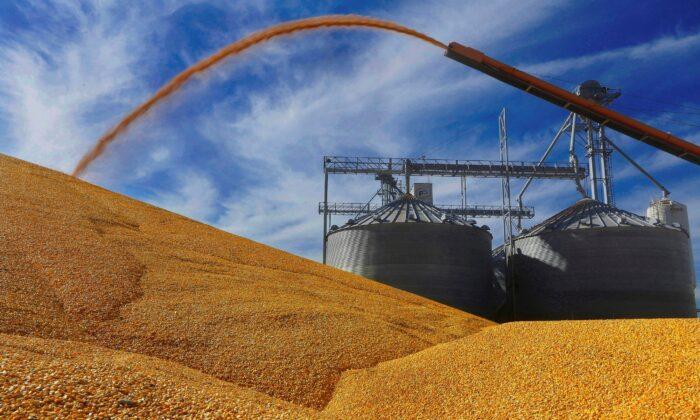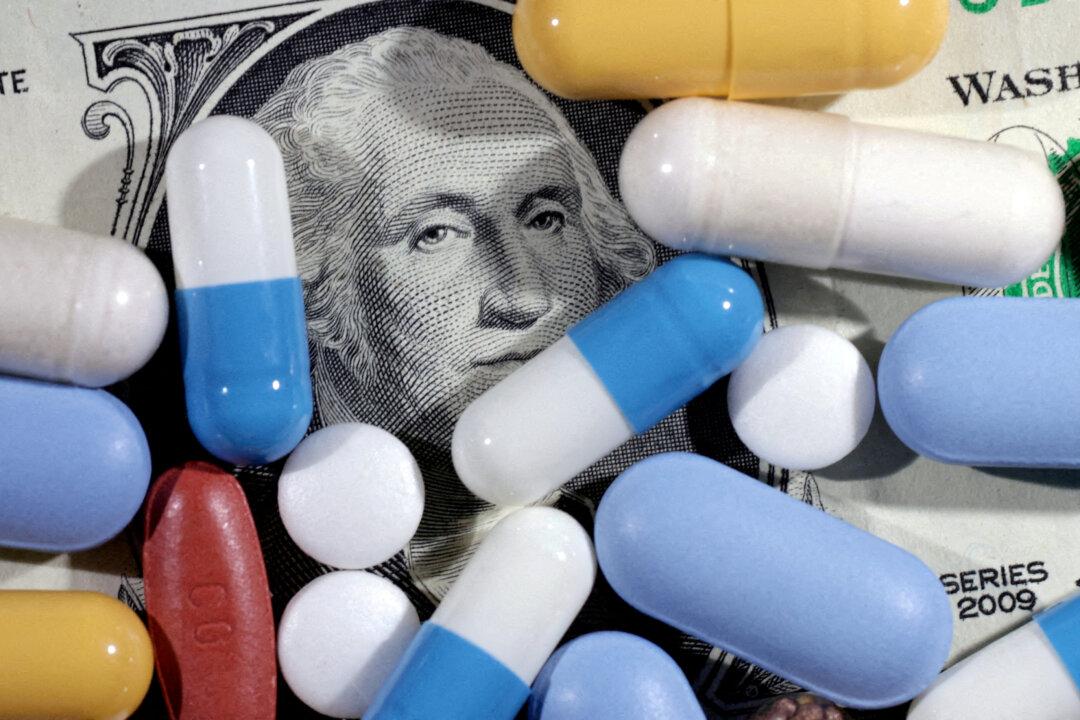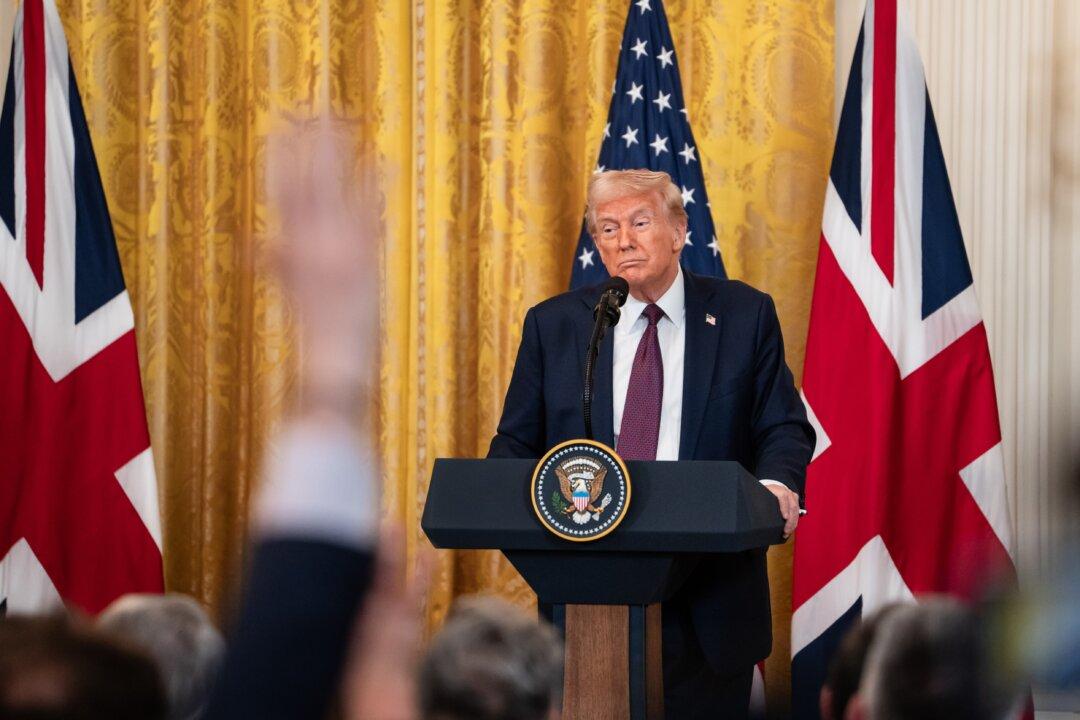The Trump administration is pushing for more U.S. exports to the world, something beyond oil, debt, and financial services. That means real things like grain and processed livestock of which the United States has in abundance. Every trade negotiation will come down to the push for foreign nations to buy more. That is true for China but also for the whole of Europe.
This is part of the path toward reducing the U.S. trade deficit, which is a major priority of this administration, all in an effort to improve the fortunes of U.S. producers. It’s not just about breaking down barriers to exports. It’s about getting pledges from governments to prioritize the United States as a supplier through various policies.
The major sticking point is one that concerns domestic distribution too. It is about the quality of the agricultural products themselves. For decades, the United States has prioritized maximum production and industrial methods over quality, health, and small farms.
This is not exactly a secret in world markets. It’s been the U.S. policy for half a century. As a result, the goods we have for export face a limited demand abroad where there is greater consciousness toward chemical-free food and more natural methods. Not only that: U.S. agricultural products stand in violation of many food regulations abroad.
Put plainly, Europe likes its beef hormone free and grass fed, raised naturally in pastures. In the United States, some two-thirds or more of beef is given growth hormones to make them bigger and fed grains because it is cheaper and fattier. The result is a product that Europeans, who take great pride in their agricultural traditions, simply do not want at any price, even if their food regulations would allow it.
It’s the same with grain. For example, five years ago, the United States tried to push Mexico into buying more corn but it did not work except for livestock. In terms of human consumption, Mexico worries about its native varieties being infected by genetically modified (GM) strains in the U.S. As a result, Mexico walked away from the deal.
This is true for U.S. grains in most states. Genetic modification in addition to chemical fertilizers and pesticides are the major concern for governments internationally, and a source of resistance.
This is an uncomfortable topic for many Americans, who have taken great pride in the sheer volume of agricultural production that technology has managed to create over half a century. But today these very techniques now impose mostly limitations in U.S. exports. It’s not just about government policy. It’s simply that many people in the world don’t trust U.S. food.
I only first became aware of this in recent years when I encountered immigrant communities in the United States. These are Pakistanis, Iranians, Bengalis, Brazilians, Vietnamese, and many people from European countries who made great efforts not to eat American produce, meat, and breads made from GM flour. I was truly stunned. It is a very common belief among these communities that U.S. food is best avoided. This is a top reason why their niche stores selling imported products thrive.
Americans are generally unaware that U.S. food has a poor reputation abroad due to its chemical washes, feed quality, hormones and antibiotics, vaccines, and many other factors.
It’s not only that. The synthetic dyes, the absurd levels of sweetness mostly extending from the ubiquity of high-fructose corn syrup, and the deployment of so many chemical preservatives make U.S. products uninviting for export and foreign consumption. Indeed, U.S. companies that do have exports of common products change their recipes to make them much better than consumers can obtain domestically.
That is why there is a growing political movement in the United States that is questioning the policies that have made American food exports anathema. In fact, here we see a powerful overlap between the MAHA agenda to improve the quality of food domestically and the MAGA agenda to find new international markets for U.S. grains, beef, chickens, and other products.
The United States is second to none in volume of production. The problem from the point of view of international trade is finding markets to buy the surplus. Here is where U.S. policy can surely find synergy. Health and Human Services under Robert F. Kennedy, Jr., and the Department of Agriculture under Brooke Rollins are putting new emphasis on non-GM food, small farms, and chemical-free methods, even as Trump is pushing for more exports.
The obvious answer is to speed the MAHA agenda in order to fast-track the trade agenda. Here we find the potential for a beautiful coming together of two policy priorities in health and trade. The answer comes down to reducing barriers, regulations, and taxes on smaller farms—some still remain with us—that push quality over quantity.
The story of the U.S. policy to promote huge industrial farming, now tied closely with chemical companies, extends back three-quarters of a century. It begins with the New Deal that restricted supply in order to raise prices, under the theory that low output was due to falling prices. The theory was wrong, and the policy only ended up curbing production on all farms.
Imagine being a small farmer in 1936 and being told by the government to plough up your crops in the national interest. That’s what’s happened. It was utterly crazy but the policy lasted decades, under the conviction that the only way to support agriculture profits was to stop production. It also prepared the way for a blowback.
The priorities changed in 1971 when Earl Butz became Richard Nixon’s Secretary of Agriculture. The Cold War was on along with the competition over which system could produce the most. The Soviets had some terrible years of production which, of course, they blamed on the weather, but this also provided an opening for the United States.
Butz drove forward a policy that reversed New Deal schemes in favor of the opposite error of making as much stuff as possible completely with extreme subsidies and loan guarantees by the federal government. His slogan was: Go big or get out. And big did all farms become. Most small farms in this country were bought up and consolidated, and all food production became heavily industrialized and infused with technological innovation, including chemical compounds and patented seeds, together with hormones and other drugs.
The result was spectacular, to be sure, but also it created a new form of dependence on federal welfare alongside a near extinction event for smaller farmers and high-quality healthy food. It also led to enormous surpluses in grain such that U.S. producers have tried to stick it in everything from candy bars to soda to gasoline.
This is a major factor contributing to obesity and ill-health in the United States, which today causes an incredible problem with chronic disease and now a turn to new prescription meds to force weight loss. It’s error upon error for three-quarters of a century, in the land of free enterprise no less.
Europeans and Latin Americans have watched all this chaos unfold for decades, and decided that they want nothing to do with this. They prefer their local food, small farmers and groceries, and healthier lifestyles in general.
The United States would have much greater success at selling its products abroad if Robert F. Kennedy, Jr., and other Trump appointees, would have complete success in dismantling the captured agencies and restoring good, healthy, whole food to the American diet. In that case, U.S. cows, chickens, and grains could comply with international regulations and preferences, and thereby find a lucrative foreign market.
This is the long-term idea but, short term, there is a serious logjam over these issues. Making America healthier again requires a genuine free market in food at home, which will also feed a rising market for U.S. exports to other nations.







